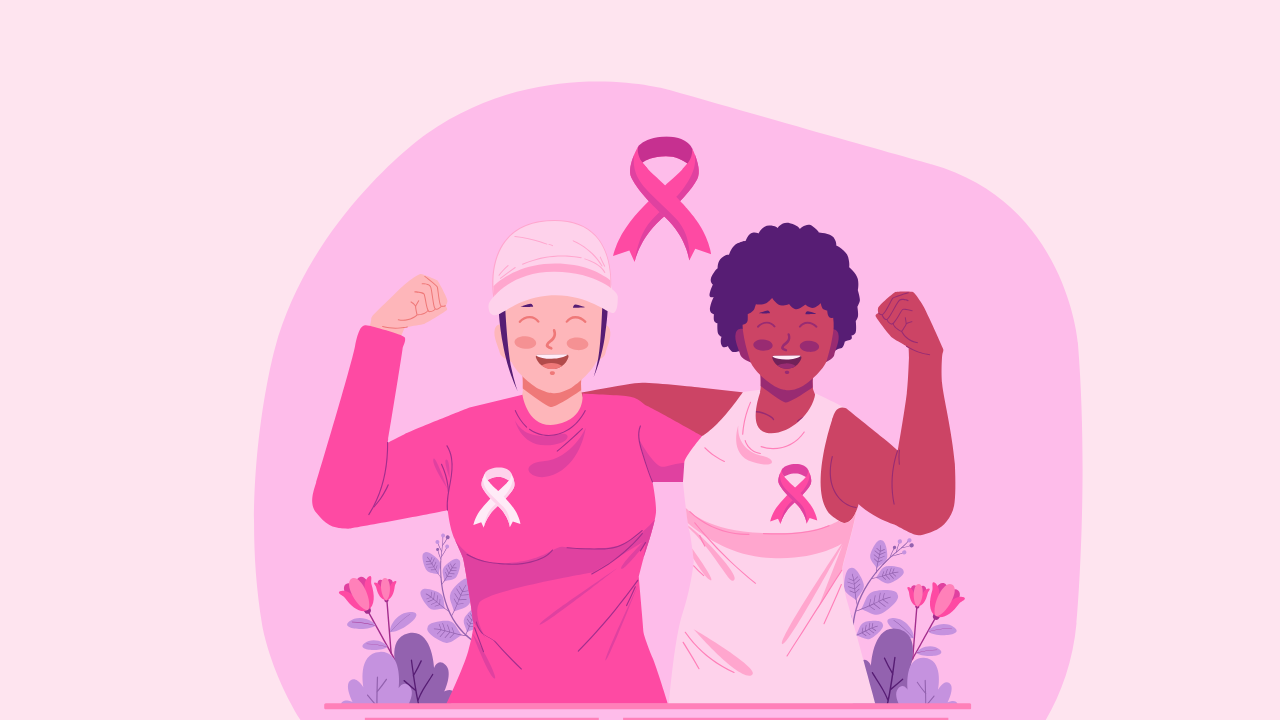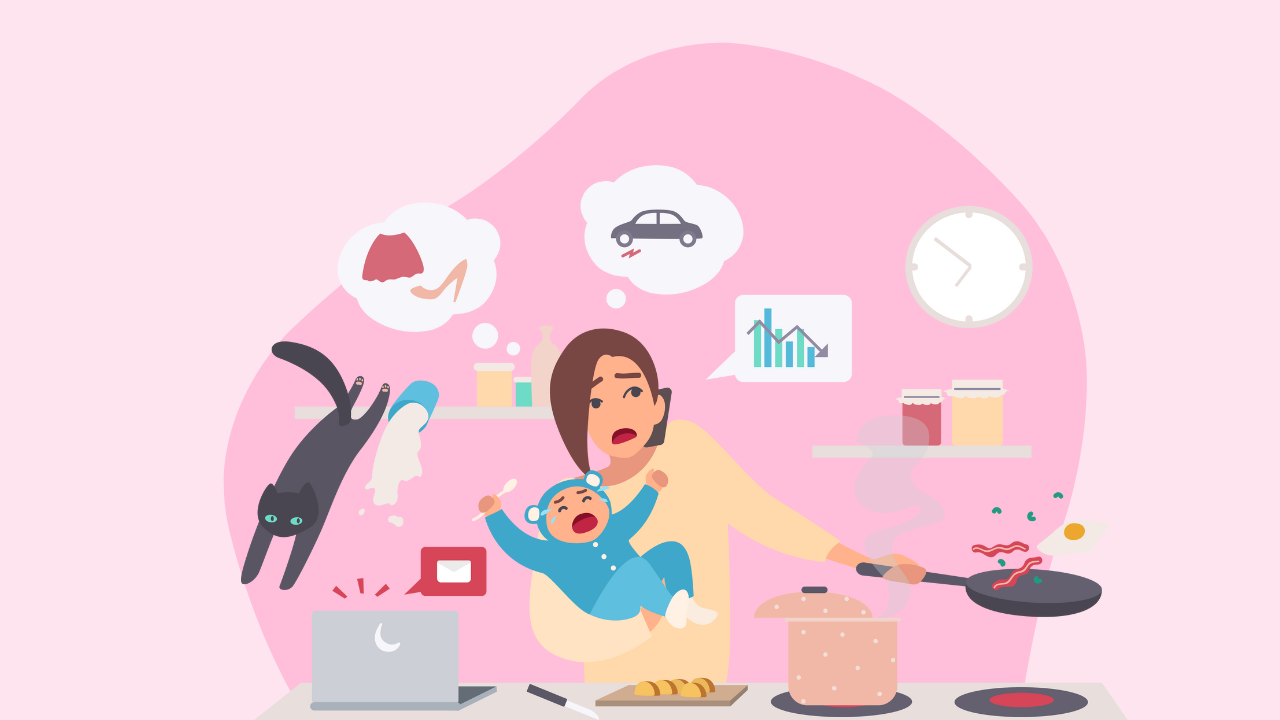Breast Cancer Rates Are Climbing in AAPI Communities

Breast cancer diagnoses are rising at an alarming rate among Asian American and Pacific Islander women—particularly those under 50. Reports show a 50% increase since 2000 yet this trend hasn’t received the attention it deserves. For a group that has historically been considered at lower risk, this data should push us to ask critical questions and take action to improve awareness, research and access to care.
Why This Trend Matters
Breast cancer doesn’t discriminate but the reasons behind rising rates in specific populations can vary widely. For AAPI women, cultural factors, healthcare disparities and gaps in research could be fueling this trend. Yet public health messaging and early detection campaigns often fail to address these communities effectively.
Many women face cultural stigma when it comes to discussing health issues. This can make conversations about breast health uncomfortable or avoided altogether. Language barriers and limited access to translated healthcare materials can also prevent women from understanding their risk and the importance of regular screenings.
Lifestyle changes among AAPI women born or living in the U.S. may also play a role. Shifts in diet, physical activity and environmental exposures after immigration could increase breast cancer risk. Despite this, there’s still a lack of comprehensive research focused on these variables.
The Power of Representation and Research
One of the biggest challenges is the underrepresentation of AAPI women in clinical studies. Without data that reflects the diverse subgroups within this population, it’s difficult to identify patterns—genetic risk factors and effective prevention strategies. AAPI women are often grouped into a broad category but the community includes dozens of ethnic backgrounds with unique experiences and potential health outcomes.
Advocating for inclusive research is crucial. Supporting organizations that prioritize studies on health disparities can drive policy changes and improve resource allocation. Advocacy also means encouraging the medical community to acknowledge and address cultural differences in their approach to care.
What You Can Do
Awareness without action changes nothing. Here are steps you can take to support yourself and your community:
- Get Screened: If you’re 40 or older, talk to your doctor about annual mammograms. If you have a family history or other risk factors, consider earlier screening options.
- Understand Your Risk: Family history, lifestyle and environmental factors all contribute to your individual risk. Genetic counseling may be helpful if you’re concerned about inherited conditions.
- Talk About It: Start conversations with friends and family about breast health. Open dialogue can help break down cultural barriers and normalize preventive care.
- Advocate for Inclusion: Support organizations and legislation that fund inclusive research and public health initiatives. Representation in clinical studies leads to more accurate lifesaving information.
- Access Resources: Seek out culturally competent healthcare providers who can guide you through the screening process with sensitivity to language and cultural differences.
The rising breast cancer rates among AAPI women cannot be ignored. Awareness leads to advocacy—and advocacy leads to action. These increases point to systemic gaps that must be closed but change starts with conversations, education and policy that reflect the needs of everyone affected. By taking steps today, we can ensure that these statistics spark change—not complacency.







